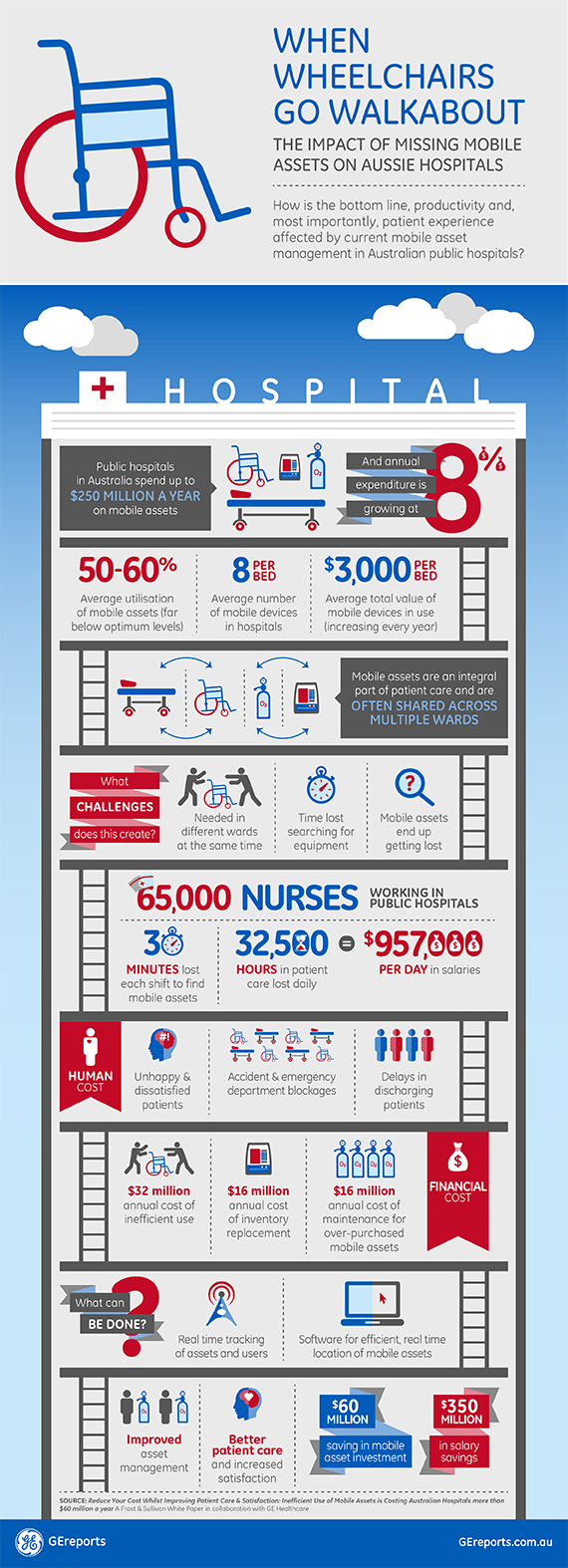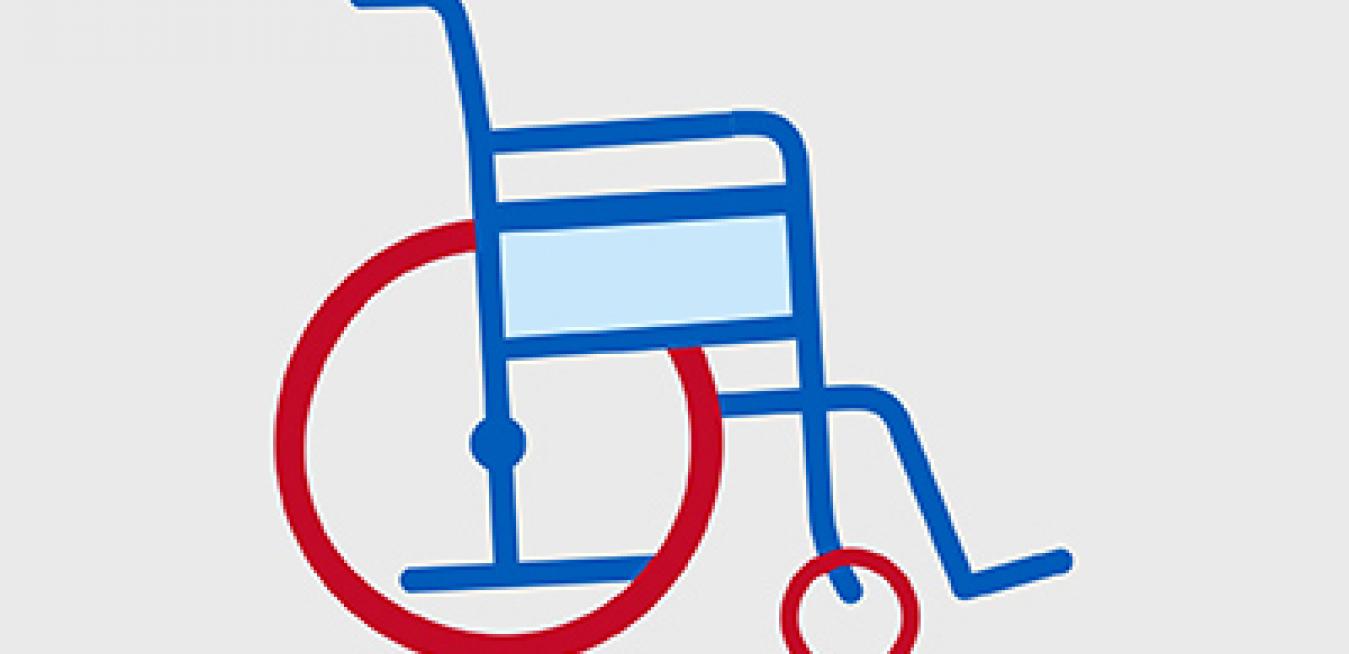 runaway equipment, a hospital’s never-there-when-you-need them mobile assets—a wheelchair whisked away from here, an infusion pump spirited off from there, a telemetry unit absolutely nowhere to be found when a patient is about to be transferred.
runaway equipment, a hospital’s never-there-when-you-need them mobile assets—a wheelchair whisked away from here, an infusion pump spirited off from there, a telemetry unit absolutely nowhere to be found when a patient is about to be transferred.The propensity for movable medical equipment to go walkabout has long been a known issue for hospitals, but staff time wasted on search parties is just as serious and costly (the resulting frustration levels are harder to measure). Most nurses can offer examples of why the gone-gear syndrome is bad for patients, too. The problem, its costs and potential solutions are examined in detail in a new white paper, Reduce Your Cost Whilst Improving Patient Care & Satisfaction, conducted by consulting firm Frost & Sullivan, in collaboration with GE Healthcare.
Dr David Dembo, General Manager of GE Healthcare Solutions, doesn’t suggest that the problem is due to anything nefarious, it’s just the way things go in a big, busy hospital. “A lot of the small hospitals start off with a cottage culture, where everybody’s hands-on, trying to help each other, and that works while the hospital’s small,” he explains. “As soon as it grows bigger, that changes.”
Nurses confess that they’ll even hide equipment to make sure it’s there when they need it. “When they’re hoarding equipment, they think they’re looking after the patient... well, they’re looking after their patient. Trust disappears as hospitals scale in size.” This cache culture also means hospitals buy or rent more inventory than they would need if efficient sharing were in place — most equipment is only used at 50 to 60 per cent of its potential capacity.
“What you have here is an artefact of a lack of transparency in healthcare,” adds Dembo.
Dembo points to how courier companies and Australia Post have used technology to give customers “some level of insight into tracking… completely changing the consumer’s experience of that service”. Such real-time, user-controlled monitoring services have parallels with GE Healthcare’s AgileTrac Asset Tracking system, which will go live in some Australian hospitals in 2015. In essence, gear is tagged, logged in a real-time location system (RTLS) and, employing the hospital’s existing wi-fi networks and proprietary software, its whereabouts are continuously tracked, as well as its service history and availability.
As Dembo explains, “In a hospital there are many consumers. The staff are consumers of other people’s services, not just the patient. So the ability to track where people are at is a huge opportunity for productivity and patient care”.
The potential savings are rendered in faint-inducing detail in the accompanying infographic: for example, $957,000 is lost each day in wasted salaries while nurses head off on equipment search parties. Pass the smelling salts… what do you mean you can’t find them?
Want to know more about healthcare mobile asset management? Download the whitepaper.





